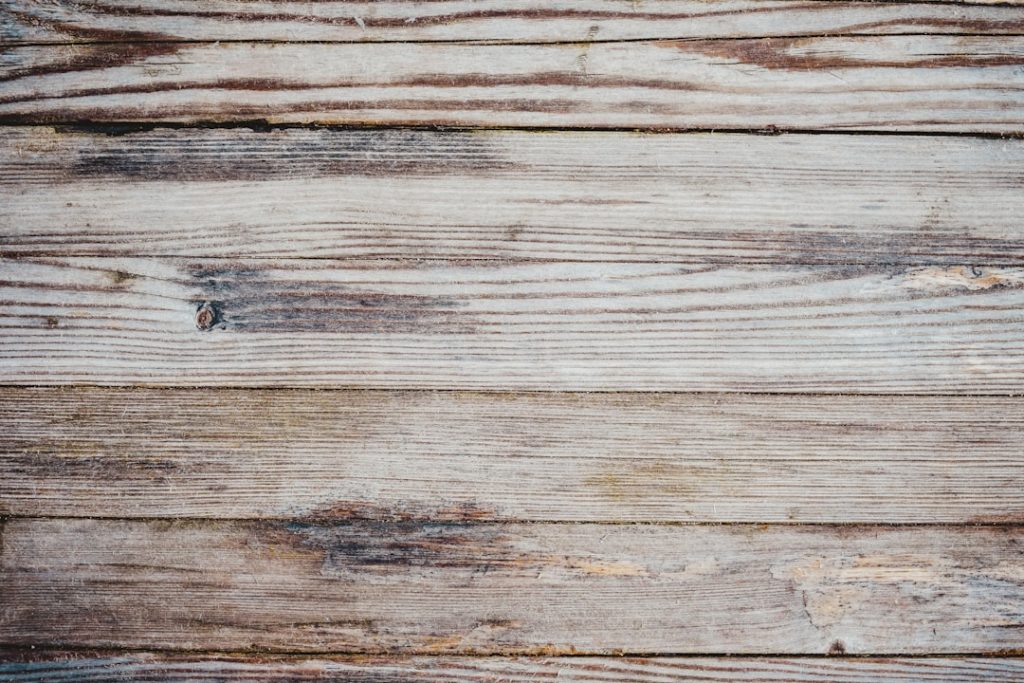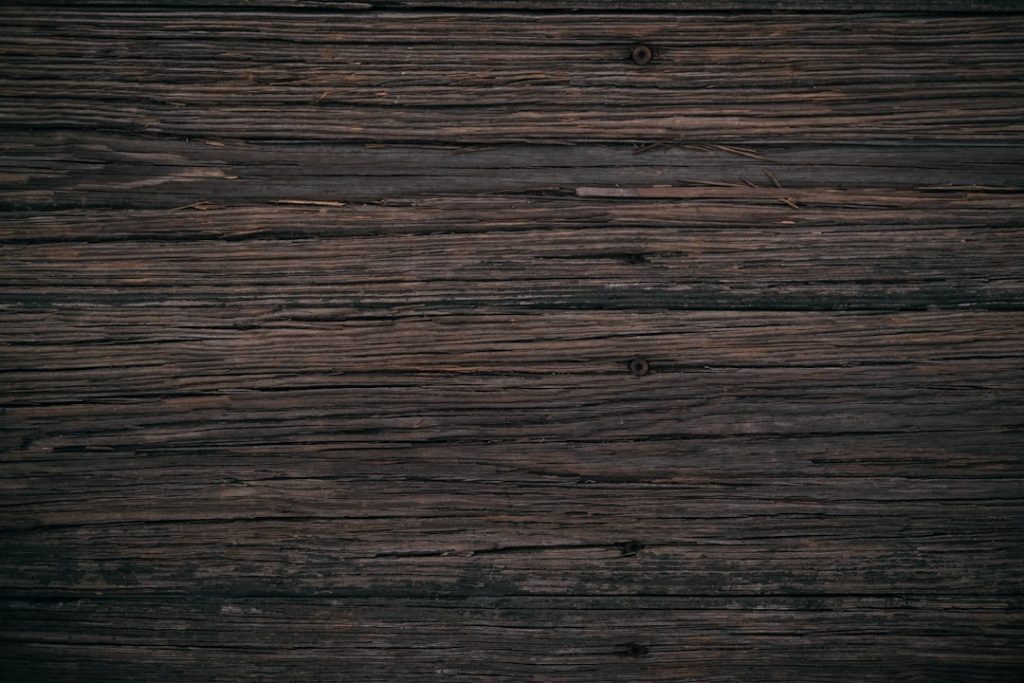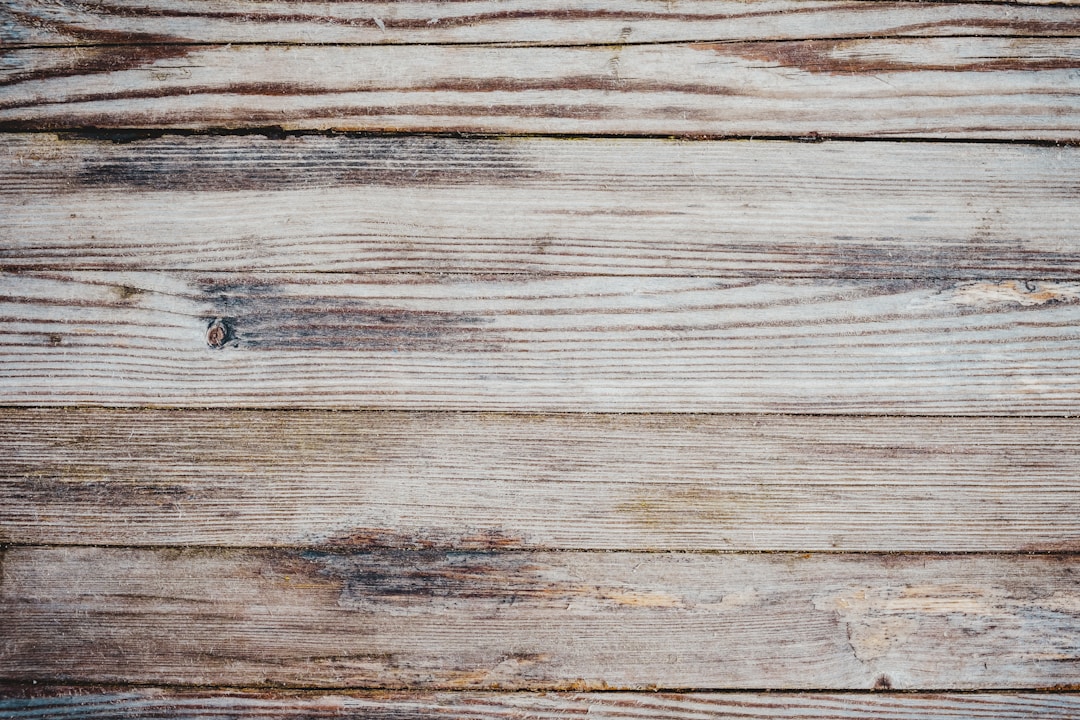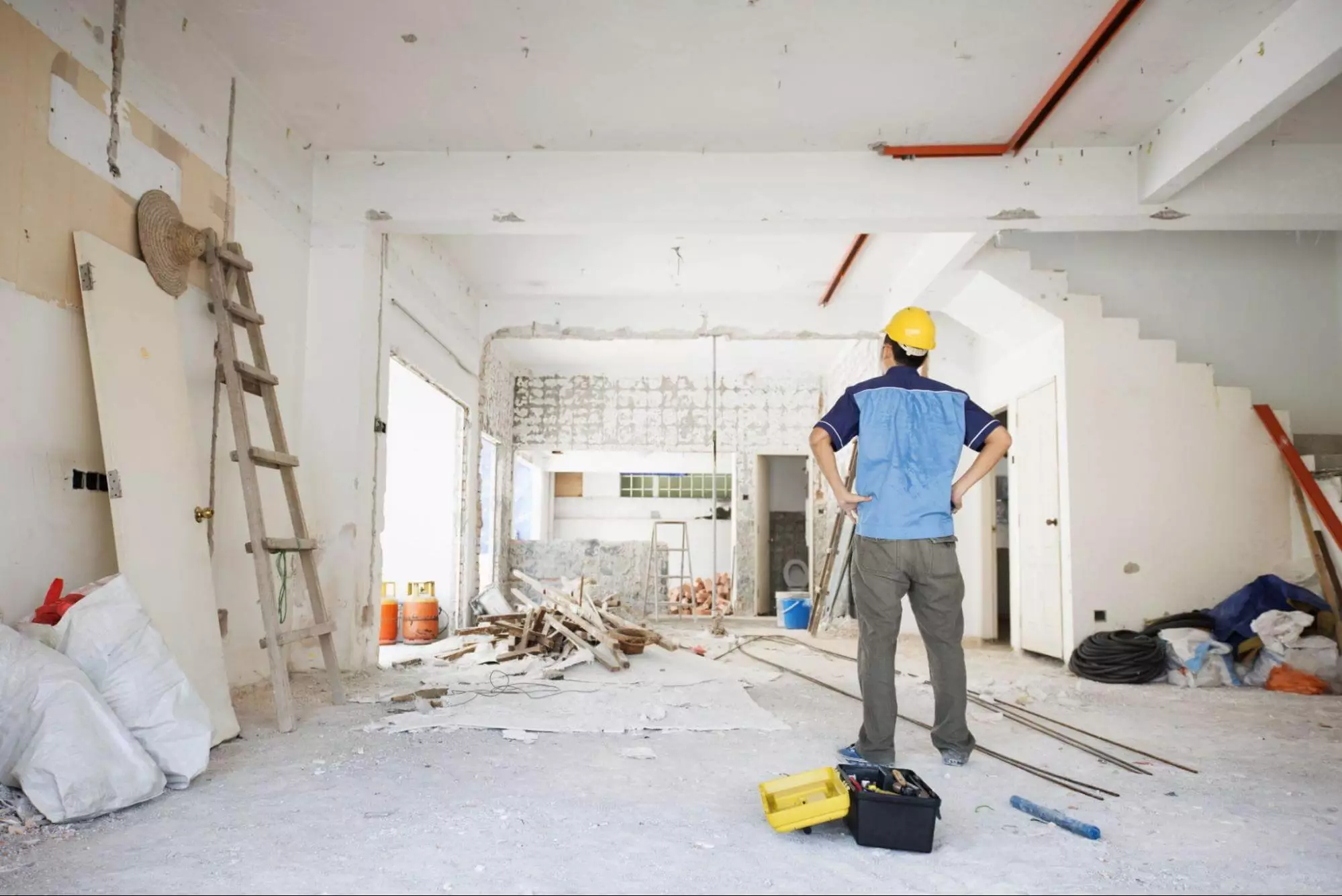Stripping wood surfaces is a crucial part of any renovation or restoration project, aiming to revive the wood’s natural beauty or prepare it for refinishing. The right tools and techniques are essential for achieving a professional look without causing damage to the wood. Heavy-duty wood stripping kits are designed to tackle even the most challenging projects, making them a favorite amongst professionals and DIY enthusiasts alike. Keep reading to discover how you can get the best results with these powerful solutions on your next project.
Content
Understanding Heavy-Duty Wood Stripping Kits: What You Need to Know

Before diving into your wood stripping project, it’s important to understand what a heavy duty wood stripping kit entails. These kits typically include a robust chemical stripper that can penetrate multiple layers of paint, varnish, or stain, effectively breaking down the old finish for easy removal. They may also come with tools such as scrapers or brushes specially designed for stripping tasks.
Choosing the right kit is crucial, as different types of wood and finishes may require specific formulations. Biodegradable, environmentally friendly options are available, offering a responsible choice without sacrificing potency. Always check the manufacturer’s guidelines to ensure the product is suitable for your wood type and the finish you’re intending to strip.
Step-By-Step Guide to Using a Heavy-Duty Wood Stripping Kit
The first step in using the stripping kit is to apply the chemical stripper liberally to the wood surface. Use the applicator provided or a brush, working in manageable sections to prevent the product from drying out. Allow the stripper to sit on the surface as directed, usually reflected in the product’s instructions. You’ll notice the old finish beginning to bubble or lift, signaling it’s ready for removal.
Once the stripper has penetrated the finish, you’ll need to scrape away the residue. Start with a flat scraper for larger, even surfaces and switch to specialized tools for grooves or details. Remember that the goal is to remove the old finish without damaging the wood, so use gentle pressure and the appropriate tool for each area.
After scraping, there may still be residual finish or stripper on the wood. Use a fine-grade steel wool or a clean cloth dipped in the neutralizing solution to wipe down the wood, ensuring all traces of the stripper are gone. This step is crucial to avoid leaving any reactive chemicals on the surface that could interfere with the new finish.
Pro Tips to Achieve Perfect Results With Wood Stripping Kits

To achieve the best outcome, it’s essential to work systematically. Start at one end and move gradually to the other to avoid missing any spots. If you’re working on a large item, like a deck or a floor, consider mapping out sections to maintain an organized approach.
The condition of the wood can significantly impact the stripping process. Wood that’s been previously stripped or treated multiple times might require additional applications. Be prepared to repeat the process, but allow the wood to dry completely between each session to prevent moisture damage.
For intricate woodwork or carvings, using a toothbrush or a small wire brush might be necessary to remove all the old finish from crevices. Proceed with caution to avoid scrubbing too hard and potentially scarring the wood. Patience is key when dealing with detailed areas.
Maintaining Your Wood Surfaces After Stripping: Best Practices for Longevity
Once the wood has been successfully stripped, maintaining its condition is crucial for long-term satisfaction. Before applying any new finish, sand the wood gently to create a smooth surface. Sanding also opens up the pores of the wood, allowing it to better absorb stains or sealants, leading to a more even and durable finish.
Choose the right type of finish based on the intended use and desired aesthetic of the wood. For example, a deck exposed to the elements may benefit from a water-repellent sealant, while interior furniture might call for a particular type of varnish or oil that enhances the wood’s natural grain.
Overall, the key to success with stripping wood surfaces lies in careful selection and use of a heavy-duty wood stripping kit, thorough preparation, and diligent application of the product, followed by proper wood care. By adhering to these steps and best practices, you’ll not only obtain professional-grade results but also ensure that your wood surfaces are preserved for many years of enjoyment.

Christine Kelley is a dedicated home blogger who has been blogging for over six years. She covers everything home related. Christine also loves writing posts about her travels to Europe with her husband and two children.










